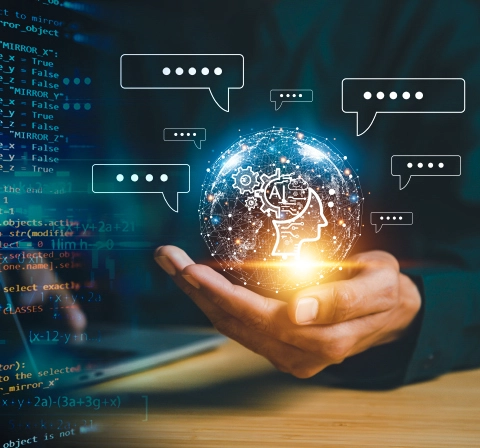In the ever-evolving landscape of cybersecurity, the relentless advancement of threats demands an equally dynamic response.
The emergence of Artificial Intelligence (AI) and Machine Learning (ML) technologies has sparked a paradigm shift in the domain of
cybersecurity. This study delves into the multifaceted ways in which AI and ML are reshaping the future of cybersecurity, elucidating
their pivotal role in threat detection, vulnerability assessment, adaptive defense mechanisms, and the broader landscape of digital defense
strategies.
In the current digital age, the sophistication and frequency of cyber threats have escalated exponentially, necessitating a revolutionary
approach to cybersecurity. This paradigm shift has ushered in AI and ML as powerful allies in the battle against cyber threats. This study
aims to illuminate the symbiotic relationship between AI, ML, and cybersecurity, unveiling how the integration is poised to reshape the
landscape of digital defense strategies.














